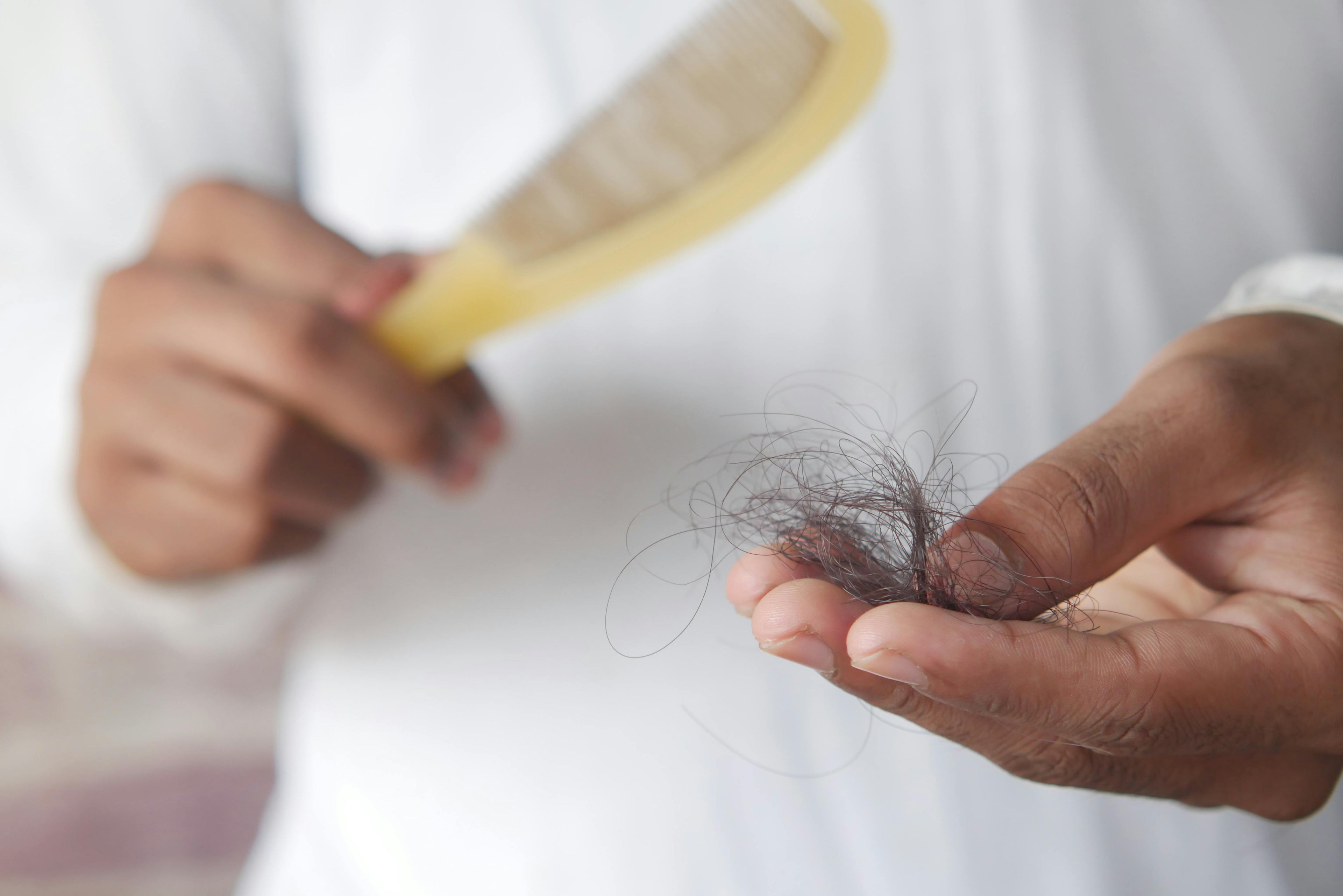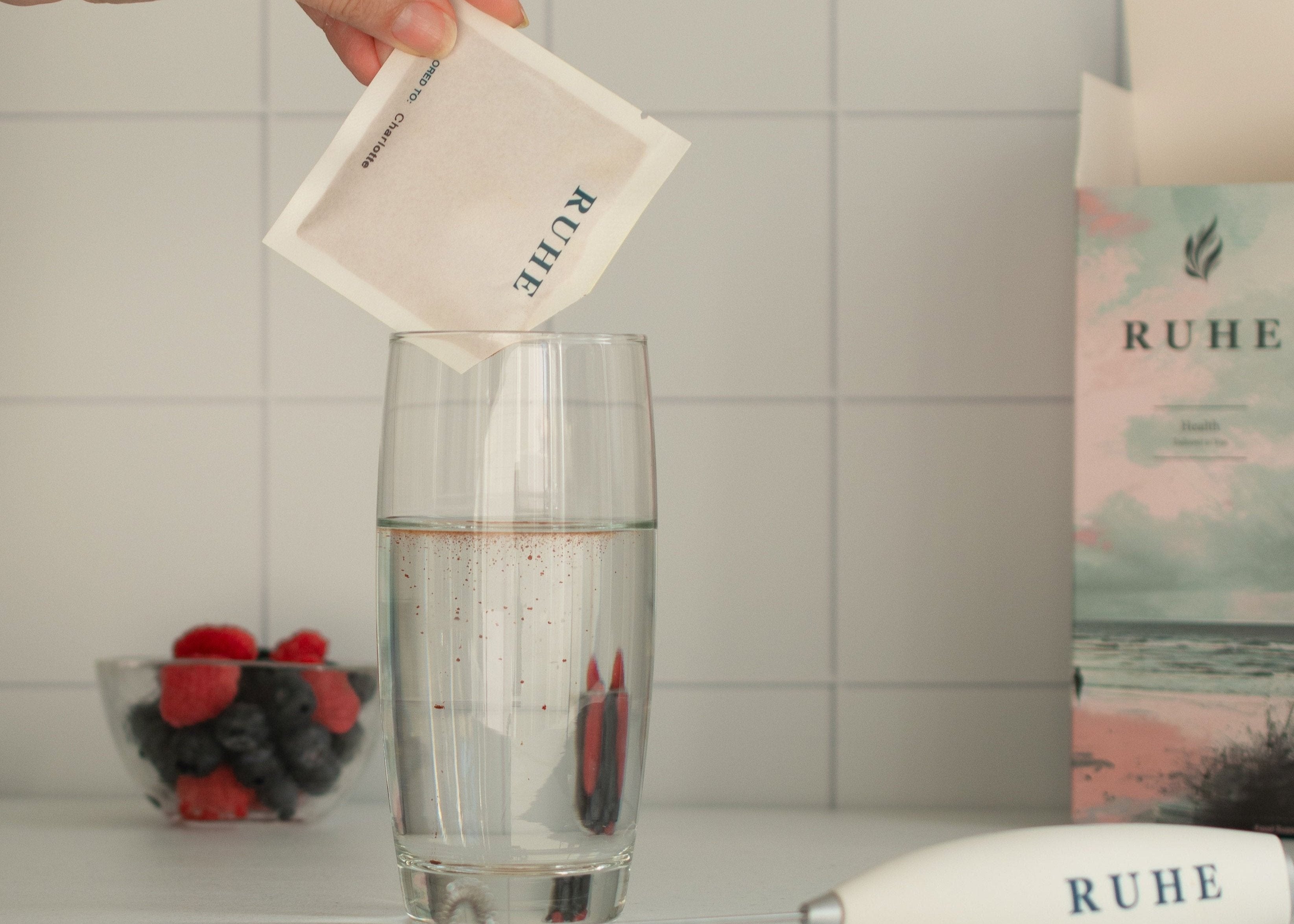For many women, menopause brings unexpected changes—and thinning hair is often one of them. You might have noticed your hair feels less full, looks drier, or breaks more easily. It’s not just a physical change; it can impact your confidence and leave you wondering what to do next.
The truth is, hair thinning during menopause is common and, more importantly, manageable. Hormonal changes play a big role, but so do factors like diet, stress, and your hair care routine. The good news? With some simple adjustments, you can improve the health and appearance of your hair while rebuilding your confidence.
In this guide, you’ll learn why hair thinning happens during menopause and, more importantly, what you can do about it. From nourishing your hair with the right nutrients to adopting a supportive care routine, you’ll walk away with practical tips that fit easily into your daily life. By the end, you’ll feel empowered to take control of your hair health—one small step at a time.
Let’s start by understanding why menopausal hair thinning happens.
Why Menopausal Hair Thinning Happens

Hair thinning during menopause is a natural result of the changes happening in your body. Hormones, especially oestrogen and progesterone, play a critical role in maintaining healthy hair. As these hormone levels decline during menopause, they can disrupt the hair growth cycle, leading to thinner, weaker strands.
Here’s what’s going on behind the scenes:
- Shortened Growth Phase: The hair growth cycle includes a phase where hair actively grows (anagen phase). Menopause can shorten this phase, causing hairs to fall out sooner than they normally would.
- Increased Hair Shedding: With fewer hormones to support healthy follicles, you may notice more hair shedding, particularly during brushing or washing.
- Changes in Hair Texture: Declining hormones can make your hair drier and more prone to breakage.
But hormones aren’t the only factor. Other contributors include:
- Stress: High levels of stress increase cortisol, which can exacerbate hair thinning.
- Dietary Deficiencies: Menopause can affect how your body absorbs nutrients, leading to deficiencies in key vitamins and minerals for hair health.
- Styling Practices: Heat styling, harsh chemicals, and tight hairstyles can weaken hair, making thinning more noticeable.
Understanding these causes is the first step to addressing the problem. Now, let’s explore practical lifestyle changes you can make to support healthier, fuller hair.
Lifestyle Adjustments for Hair Health
The best way to combat menopausal hair thinning is to build a routine that nourishes your hair from the inside out. These small but impactful changes can make a noticeable difference over time.
1. Nourish Your Body with the Right Foods
Your hair reflects your overall health, and what you eat plays a huge role in maintaining strong, healthy strands. Focus on these nutrient-rich foods:
- Protein: Hair is made of keratin, a type of protein. Include lean meats, eggs, beans, and lentils in your diet.
- Iron: Low iron levels can contribute to hair thinning. Spinach, lean red meat, and fortified cereals are excellent sources.
- Omega-3 Fatty Acids: Found in salmon, walnuts, and chia seeds, these healthy fats promote scalp health and hydration.
- Biotin and Zinc: Essential for hair strength and growth. Incorporate nuts, seeds, and whole grains into your meals.
Pro Tip: Stay hydrated! Dehydration can worsen dryness in your hair and scalp, so aim for 6-8 glasses of water a day.
2. Be Gentle with Your Hair
Thinning hair is more delicate and needs a softer touch. Adjust your routine to minimise damage:
- Choose Sulphate-Free Shampoos: These are gentler on your scalp and won’t strip your hair of natural oils.
- Avoid Over-Washing: Washing your hair 2-3 times a week is usually enough to keep it clean without drying it out.
- Pat, Don’t Rub: After washing, gently pat your hair dry with a soft towel instead of rubbing, which can cause breakage.
3. Add a Scalp Massage to Your Routine
Regular scalp massages stimulate blood flow, which can encourage hair growth by delivering more nutrients to your follicles.
- Use your fingertips to apply light pressure in circular motions.
- Try incorporating a few drops of argan or coconut oil for extra nourishment.
4. Reduce Heat and Chemical Damage
Heat styling and chemical treatments can weaken hair. Here’s how to minimise the damage:
- Use heat tools sparingly, and always apply a heat protectant spray beforehand.
- Opt for semi-permanent hair dyes or natural colouring alternatives to reduce harsh chemical exposure.
- Avoid tight hairstyles like ponytails or buns, which can put stress on your hairline and exacerbate thinning.
5. Manage Stress Levels
Chronic stress affects your hormones and worsens hair thinning. Techniques like yoga, meditation, or even a short daily walk can lower stress and promote overall health—including better hair.
These lifestyle adjustments provide a solid foundation for improving the health of your hair. Next, we’ll dive into some styling tips to enhance the appearance of thinner hair.
Styling Tips for Thinner Hair
While improving hair health takes time, the right styling techniques can instantly make thinning hair look fuller and more voluminous. Here are some simple, effective tips to try:
1. Opt for a Flattering Haircut
Your haircut can dramatically affect how thick your hair looks.
- Layered Styles: Layers add dimension and movement, creating the illusion of fullness.
- Shorter Cuts: Pixie cuts, bobs, and shoulder-length styles are easier to manage and can make hair appear denser.
- Avoid Heavy Layers at the Bottom: Too much weight at the ends can make thinning hair look limp.
Ask Your Stylist: For a “blunt cut,” which creates a sharper, thicker-looking edge.
2. Use Volumizing Products
The right products can add lift and body to your hair.
- Mousse: Apply a lightweight mousse at the roots before blow-drying for extra volume.
- Volumizing Sprays: Mist these onto damp hair to create lift without weighing your hair down.
- Dry Shampoo: Use between washes to add texture and absorb oils, which can flatten your hair.
Tip: Avoid heavy creams and oils near the roots, as they can make hair look greasy and flat.
3. Blow-Dry Strategically
Blow-drying can make a big difference when done correctly:
- Flip Your Head Upside Down: Blow-dry in this position to add volume at the roots.
- Use a Round Brush: Lift sections of hair while drying to create bounce and fullness.
- Set with Cool Air: A blast of cool air helps hold the shape and adds shine.
4. Add Colour for Depth
Strategic colouring can create the illusion of thicker hair:
- Highlights and Lowlights: A mix of light and dark tones adds dimension and makes hair appear fuller.
- Avoid Over-Bleaching: Too much lightening can damage hair, so opt for subtle, natural-looking highlights.
5. Consider Accessories
When your hair feels thin, accessories can provide a stylish boost:
- Headbands: Choose padded or wide headbands for volume at the crown.
- Scarves: Wraps and scarves can cover thinning areas while adding a fashionable touch.
Styling your hair strategically can boost your confidence while you work on its overall health. Next, we’ll address ways to combat dryness in your scalp and strands—another common concern during menopause.
Supplements for Supporting Hair Health
While lifestyle changes lay the foundation for healthier hair, supplements can provide targeted support to address menopausal hair thinning and dryness. Below are some effective options backed by research, along with tips for safe and effective use.
1. Biotin (Vitamin B7)
- What it does: Biotin is a key nutrient for maintaining strong, healthy hair. It supports keratin production, which strengthens the structure of your strands.
- What research says: Studies show that biotin deficiency can lead to hair thinning, and supplementation may improve hair growth and reduce shedding.
- Considerations: Biotin is water-soluble, meaning your body flushes out excess. However, consult your GP if you take multiple supplements.
2. Zinc
- What it does: Zinc plays a vital role in hair growth and repair while regulating oil production in the scalp.
- What research says: Zinc deficiency has been linked to hair loss, and supplementation can restore balance to your follicles.
- Considerations: Avoid exceeding the recommended dose, as too much zinc can interfere with other minerals in your body.
3. Vitamin D
- What it does: Vitamin D supports the growth of new hair follicles and contributes to overall scalp health.
- What research says: Low levels of vitamin D are linked to hair thinning, and supplementation may stimulate dormant follicles.
- Considerations: Get your levels checked by a GP before starting supplementation.
How to Choose the Right Supplement
- Consult Your GP: Always seek professional advice to ensure supplements are safe and suited to your needs.
- Start Slowly: Introduce one supplement at a time to monitor its effects.
- Look for Quality: Choose products with transparent ingredient lists and third-party testing.
Next, we’ll look at howRUHE’s personalised supplement blend can be a simple and effective way to support your hair health.
A Simple Blend for Comprehensive Support

If you’re looking for an all-in-one solution to support your hair health during menopause, RUHE offers a tailored approach designed with your unique needs in mind. This personalised supplement blend combines the key nutrients your body requires to nourish your hair, hydrate your scalp, and restore balance.
RUHE simplifies your routine by replacing multiple supplements with one daily sachet. Here’s why it stands out:
- Science-Backed Formulation: Each ingredient in RUHE is carefully chosen based on clinical research, ensuring it effectively supports hair health and overall wellbeing.
- Tailored to You: RUHE is personalised for your specific symptoms, adapting as your needs evolve.
- Comprehensive Nutrient Profile: The blend includes essentials like biotin, Vitamin D, and zinc to target thinning and dry hair.
- High Quality and Purity: RUHE prioritises vegan, gluten-free, and non-GMO ingredients without artificial flavours or added sugars.
How RUHE Fits into Your Hair Care Journey
RUHE is designed to complement the lifestyle changes outlined earlier, enhancing their benefits without overwhelming you with additional routines. By addressing hair thinning from within, RUHE provides a holistic solution to menopausal hair concerns.
Positive Results, With or Without Products
It’s important to remember that while RUHE can be an excellent addition to your hair care regimen, the natural remedies and lifestyle adjustments discussed earlier can also yield significant improvements. Relief and healthier hair are within your reach, whether you choose to incorporate a supplement or not.
The key is consistency: small, manageable changes to your diet, hair care routine, and stress levels can create lasting benefits for your hair and overall well being.
Take Control of Your Hair Health
Menopause may bring changes, but with the right tools and care, you can feel confident in managing them. From nourishing your body with essential nutrients to adopting gentler hair care practices, every step you take brings you closer to healthier, stronger hair.
Whether you choose to try a supplement like RUHE or stick to natural remedies, remember that you’re not alone in this journey—and with the right approach, positive results are entirely possible.
Here’s to embracing this phase of life with confidence and care—one strand at a time.

